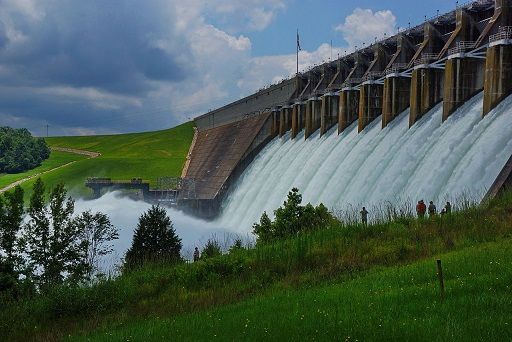Norway to become “green battery of Europe”
Norway could become the “green battery of Europe” by using hydropower plants to provide extra electricity in case of a shortfall

Norway could become the “green battery of Europe” by using hydropower plants to provide extra electricity in case the production of wind and solar power declines in other countries.
Engineers have suggested that the existing network of hydropower plants could instantly boost power supplies across the continent in the event of an energy shortfall and avoid other nations having to turn to fossil fuel power sources.
Norway is the sixth largest hydropower producer in the world with its 937 hydropower plants providing 96 per cent of the country’s electricity.
Europe has 400 million people in 24 countries connected to a single grid and power surpluses from one country are exported to neighbouring states or imported as national requirements fluctuate.
With energy supplies from wind and sun power sources relatively unreliable, many countries keep gas and coal plants on standby to make up for any shortage.
Research by the Hydraulic Laboratory at the Norwegian University of Science and Technology (NTNU) in Trondheim suggests that it can engineer Norway’s power plants so that they can act as a standby battery.
Kaspar Vereide, from the department of hydraulic and environmental engineering at NTNU, has designed the model with funding from the Centre for Environmental Design of Renewable Energy.
His solution involves blowing out a cavern inside the water tunnel near the turbine where the electricity is to be generated, creating a surge chamber where water at the correct velocity can reach the turbines immediately.
Vereide said: “We have to be able to control these load fluctuations that occur,” he says. “Among other things, it’s important to determine how big surge chambers need to be to function best. My task is to figure out the optimal design for the chambers… We’ll benefit a lot from developing these new technologies, both in order to keep electrical frequency stable and to run power plants more aggressively to serve a large market.”






